
The lotus flower has captivated cultures for centuries, symbolizing beauty, purity, and strength. But beyond its symbolism, this flower holds some truly remarkable secrets. What makes the lotus so special? Get ready to discover ten reasons why the lotus is one of the most fascinating flowers on Earth.
Self Regenerating
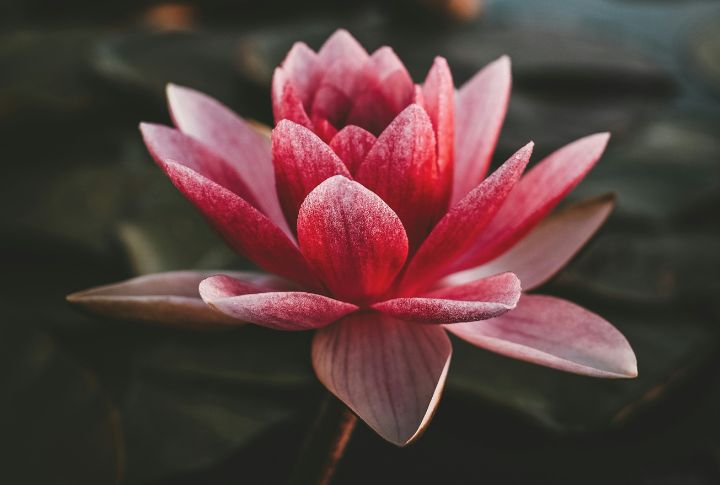
Chop it down, and it comes right back, like a true survivor. Even if its leaves and blooms are cut away, the underground rhizomes store enough energy to sprout new growth. This built-in resilience allows lotus plants to regenerate annually, making them a symbol of rebirth in many cultures.
Grows In Mud

Most flowers need perfect soil, but the lotus thrives in murky, nutrient-poor water. Instead of struggling, it uses the conditions to its advantage, sending roots deep into the muck while its leaves and flowers rise above. It serves as a reminder that beauty and growth can emerge from the most unlikely of places.
Amazing Longevity
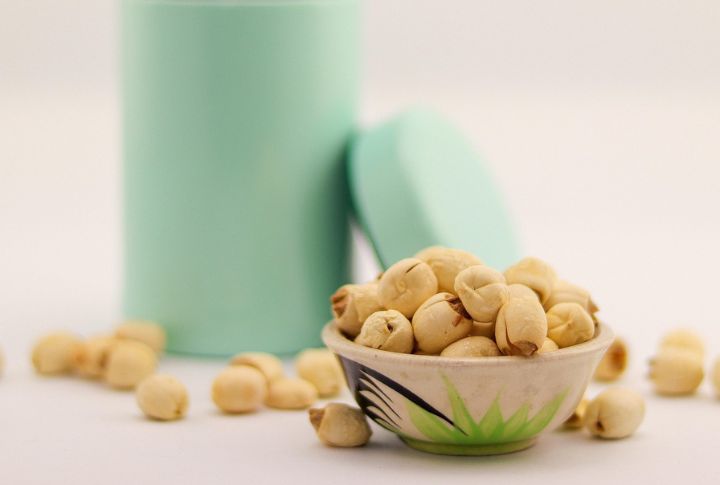
Believe it or not, a lotus seed outlives entire civilizations. The oldest known lotus seed successfully germinated after more than 1,300 years, proving that time is no match for this plant. Scientists believe the hard outer shell protects the seed’s delicate interior, allowing it to survive for centuries before sprouting.
Self-Cleaning
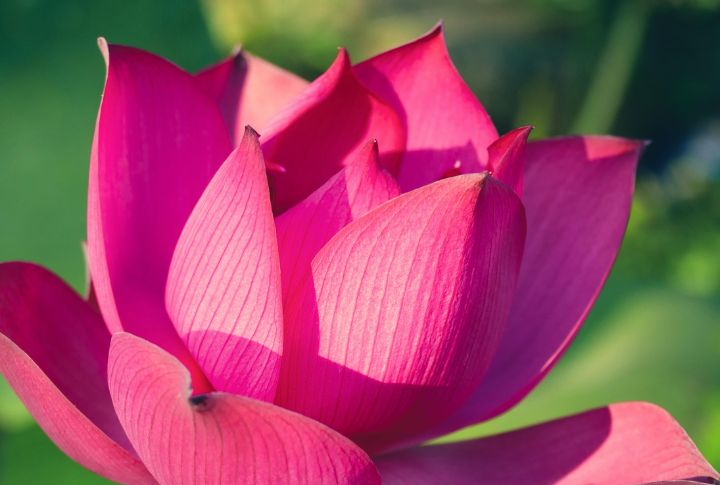
The lotus stays spotless without ever lifting a petal. Thanks to the microscopic texture on its leaves, water beads up and rolls off, taking dirt, dust, and bacteria with it. This natural cleaning mechanism has inspired scientists to develop self-cleaning surfaces, from glass to fabric.
It’s Edible
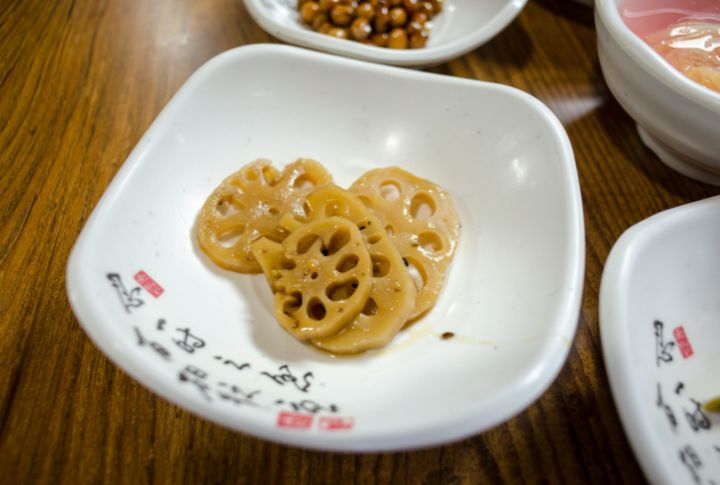
From the roots to the seeds, almost every part of it is edible. Lotus root adds a satisfying crunch to stir-fries and soups, while the seeds are often roasted or made into sweet pastes. Even the leaves are sometimes used to wrap rice dishes. It’s a built-in pantry!
Temperature Control

Most flowers wilt in extreme temperatures, but not the lotus. It maintains a steady internal temperature, just like warm-blooded animals. It can even generate heat, which helps attract pollinators on chilly mornings. It’s a built-in floral heater, making sure bees and beetles stay comfortable while they do their job.
Hydrophobic Coating
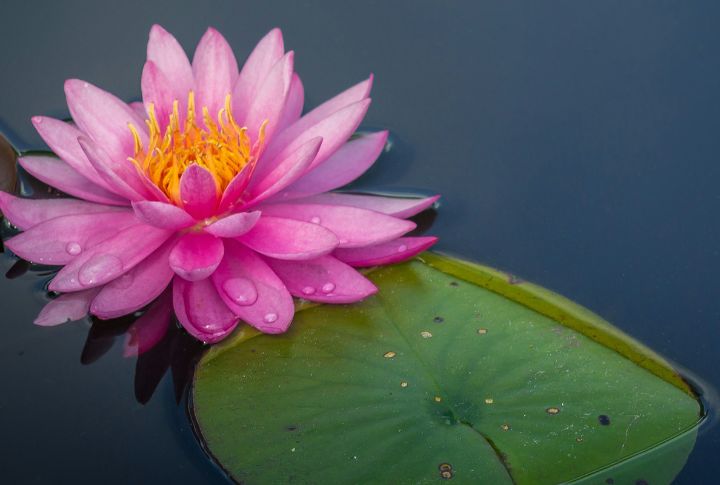
Thanks to a unique nanostructure on its surface, liquid rolls right off, carrying dirt with it. This phenomenon, known as the “lotus effect,” has inspired waterproof coatings for everything from rain jackets to car windshields. The lotus figured out self-cleaning technology long before humans even thought about it.
Daytime Bloomer
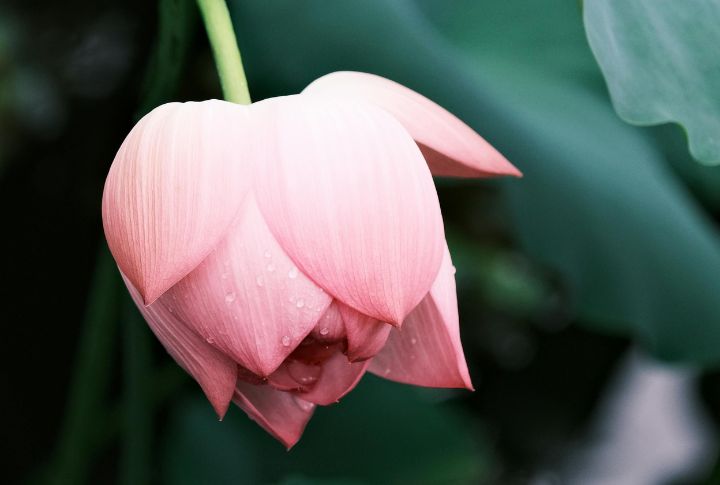
Lotus flowers run on their own schedule. They open early in the morning, basking in the sunlight, and close by the afternoon. This cycle repeats for three days before the flower releases its petals and moves on. It’s like nature’s version of clockwork: predictable, precise, and perfectly timed.
Magnet For Good Luck
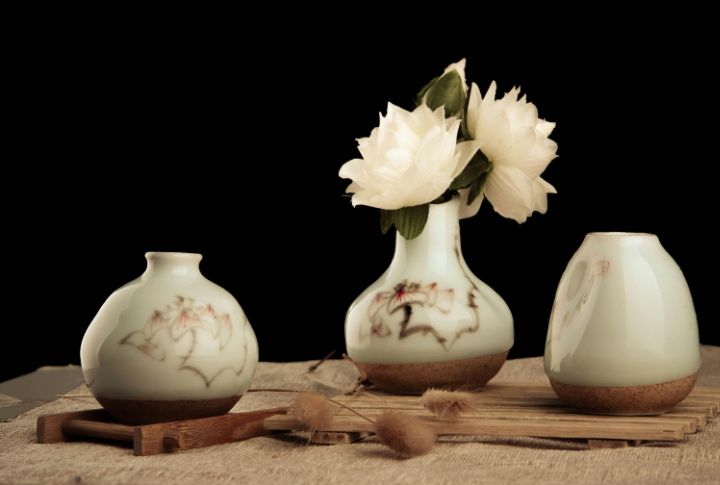
The lotus has been considered a symbol of prosperity and fortune for centuries. In Feng Shui, placing a lotus in your home is believed to bring harmony and success. Many cultures believe the plant’s ability to thrive in tough conditions makes it a lucky charm for overcoming obstacles.
Symbol Of Purity And Enlightenment
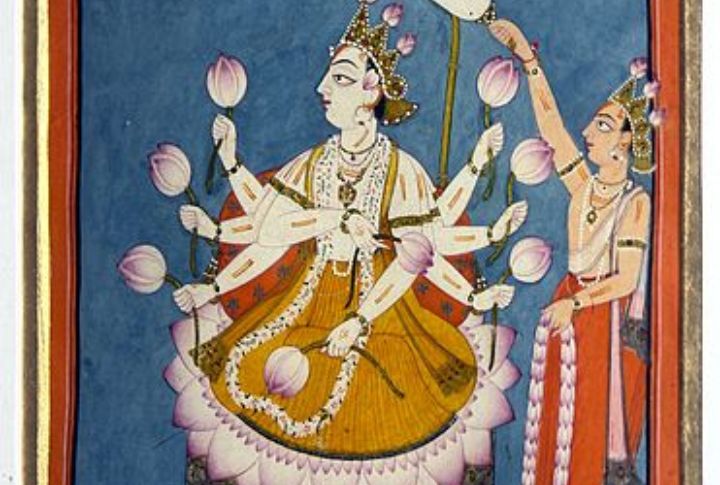
In Buddhism and Hinduism, it represents enlightenment, as it rises from muddy waters untouched and pure. Many deities are depicted sitting on lotus flowers, symbolizing wisdom and spiritual awakening. It’s nature’s perfect metaphor for personal growth, starting in the mud but always reaching for the light.

